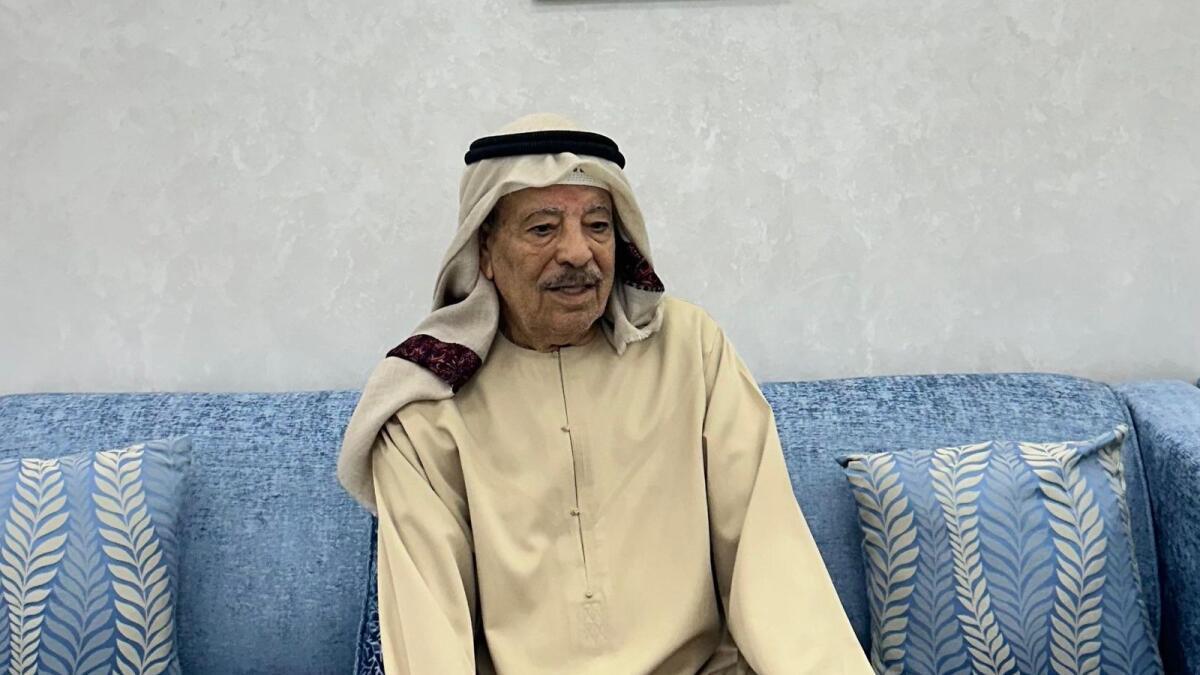
'A Cultural Gem': Former Resident Of UAE's Oldest Pearling Village Recalls Glory Days
For centuries, pearl diving was the economic backbone of Al Jazeera Al Hamra. Divers braved long seasons at sea to harvest the coveted gems. "Diving wasn't easy," Ibrahim said. "It lasted for months, and those who participated had to settle their debts before they could join."
He detailed the intricate process: "The highest-quality pearls, like Al-Yaka, were sold at a premium. Earnings were divided after paying off debts, and even then, many struggled to make ends meet." Ibrahim added that teamwork was critical, with divers, sailors, and specialists like the yilas, who opened oysters, playing essential roles.
Stay up to date with the latest news. Follow KT on WhatsApp Channels.
Fishing and the tradition of sharingBeyond pearling, fishing was a vital part of daily life. Ibrahim recalled his mother's meticulous methods of preserving fish. "She would cut and salt the fish, then store it overnight to remove impurities. The next day, it would be cooked with turmeric and flour to ensure it was clean."
Sharing was integral to the community, especially during Ramadan. "If someone didn't have enough food, neighbours would send them fish, dates, or vegetables from the nearby farms," Ibrahim said. "It was an unspoken rule no one should go hungry."
Beginnings of the Za'ab tribeThe Za'ab tribe, Ibrahim explained, can trace its lineage to the Banu Sulaim. "Our ancestors migrated after the collapse of the Maqrib Dam before the birth of Christ," he said. "They journeyed from the holy cities of Makkah and Madina to various parts of the Arabian Peninsula and beyond, before finally settling here."
Ibrahim described how the tribe established farms and mosques, fortified their village, and resisted colonial forces. "The Portuguese and the British came, but the Za'ab stood their ground," he added.
Ingenious housing solutionsThe villagers crafted their homes using natural materials like sea grass, clay, and palm fronds. "We didn't have modern tools," Ibrahim said. "Everything was made by hand. The clay was mixed with water and placed on palm fronds, which were layered to form roofs."
He added, "When it rained, the roofs didn't leak because they were made with a special clay-and-sand mixture. The roofs even sprouted greenery after the rain, giving the houses a unique, vibrant look."
A close bond with leadershipThe relationship between the tribe and their sheikhs was deeply rooted in mutual respect. "Our sheikhs were like fathers to us," Ibrahim said. "We would meet weekly to discuss issues, celebrate together, or mourn losses. When my mother passed away in 1990, Sheikh Saud and others came to console us."
Disputes were resolved with fairness and humility. "If there was a conflict, the Sheikh would gather the tribe leaders and find a solution. The focus was always on maintaining harmony," Ibrahim noted.
Preserving the pastAlthough much has changed, traces of Al Jazeera Al Hamra's storied past remain. The old fortifications, remnants of the grand mosque, and traditional homes stand as silent witnesses to a bygone era. "I hope these sites are preserved," Ibrahim said. "They tell the story of who we are and how we lived."
Today, the village is a cultural gem, drawing visitors eager to explore its heritage. As Ibrahim put it, "This place is more than just history, it's a reminder of the strength, generosity, and ingenuity of our people."
Al Jazeera Al Hamra continues to inspire, its legacy carried forward by those who cherish its traditions and the stories of its past.

Legal Disclaimer:
MENAFN provides the
information “as is” without warranty of any kind. We do not accept
any responsibility or liability for the accuracy, content, images,
videos, licenses, completeness, legality, or reliability of the information
contained in this article. If you have any complaints or copyright
issues related to this article, kindly contact the provider above.


















Comments
No comment